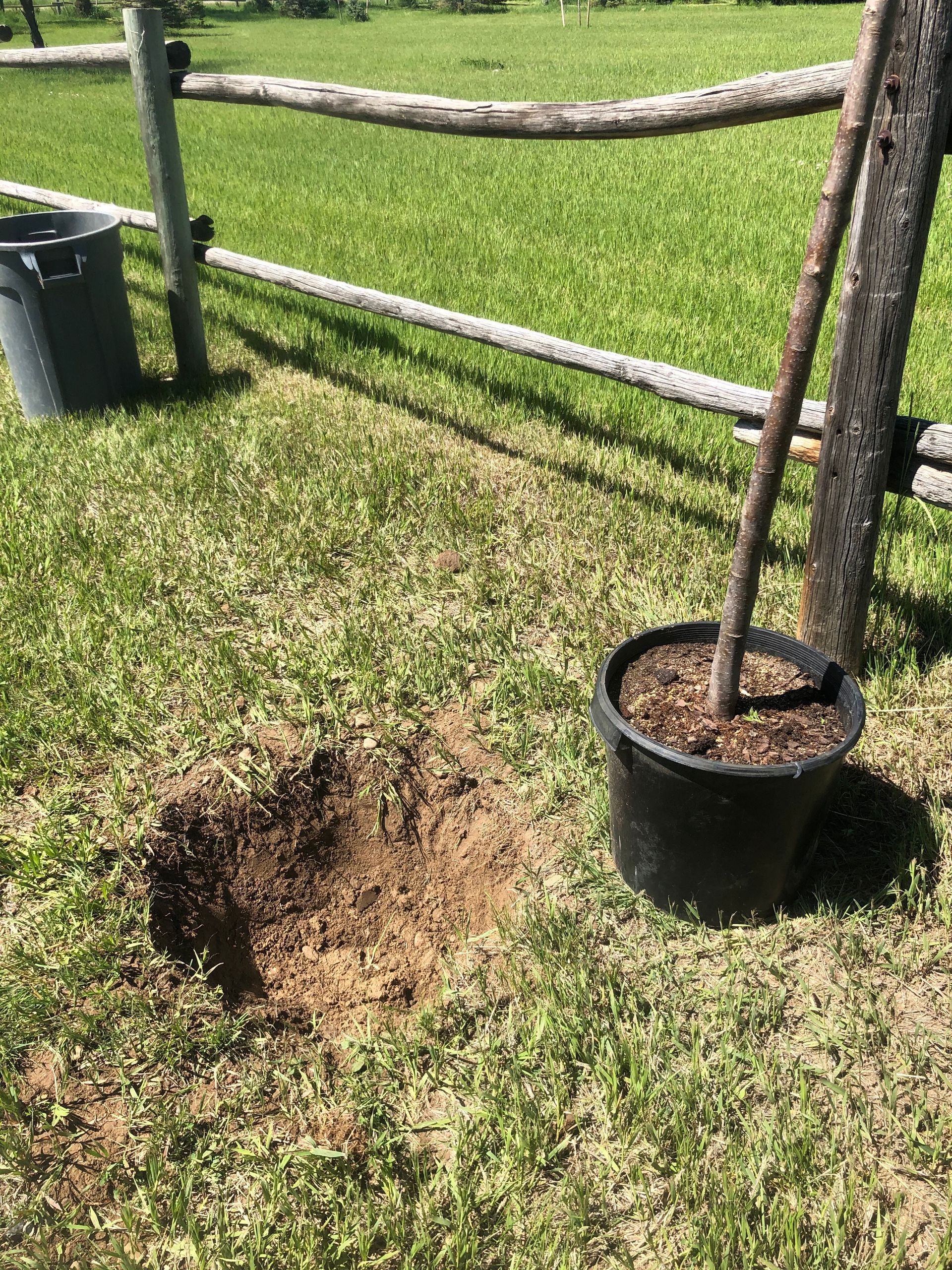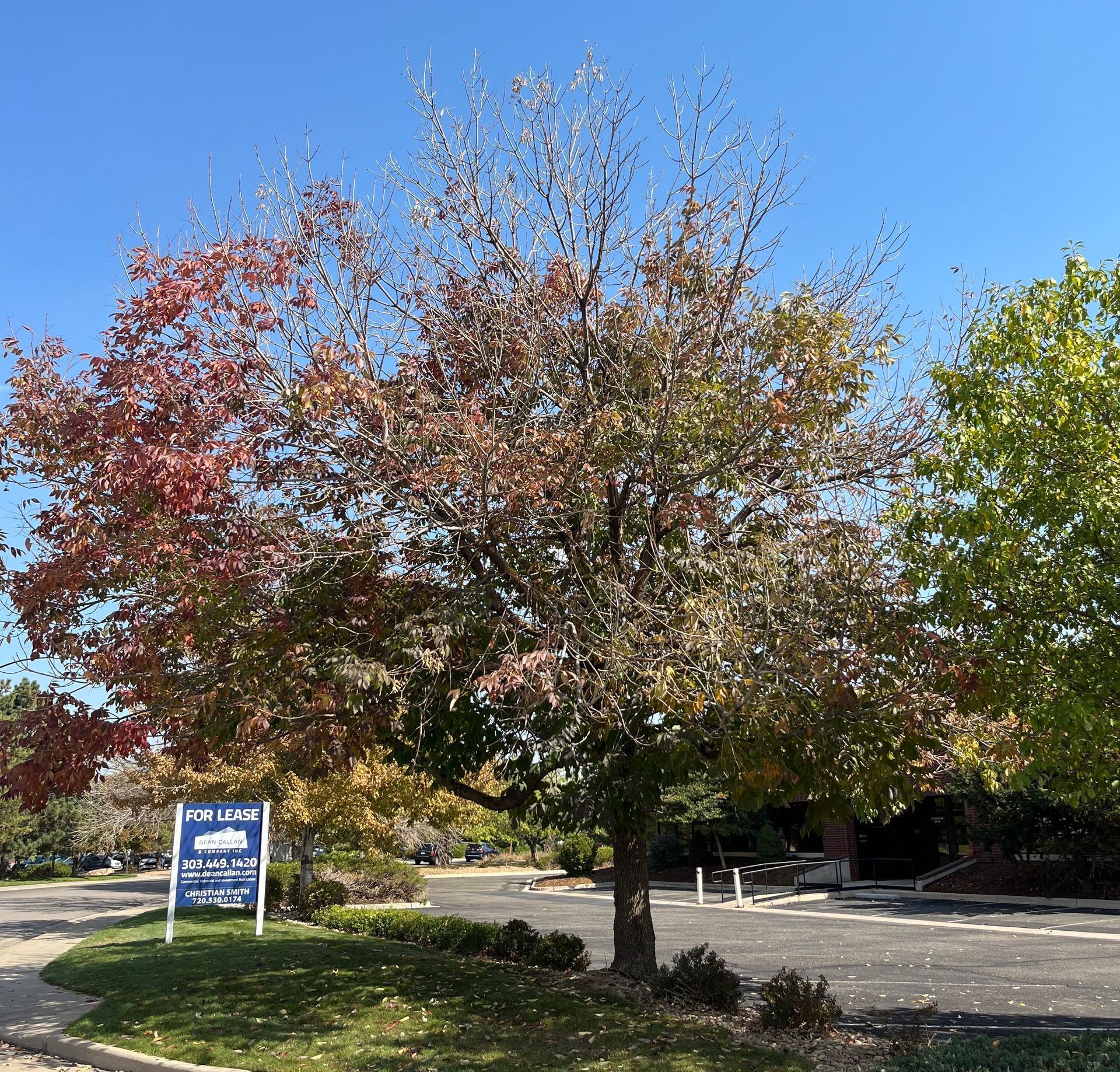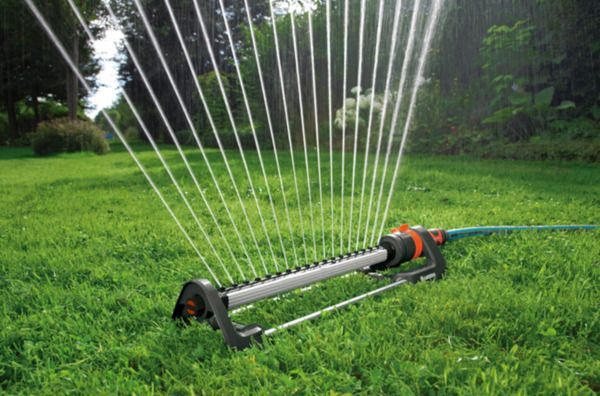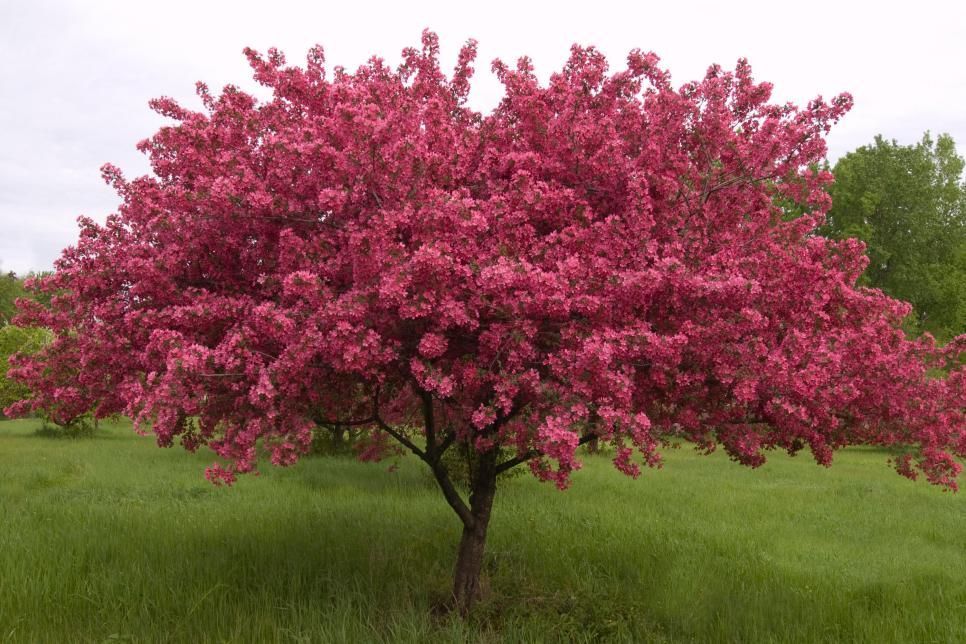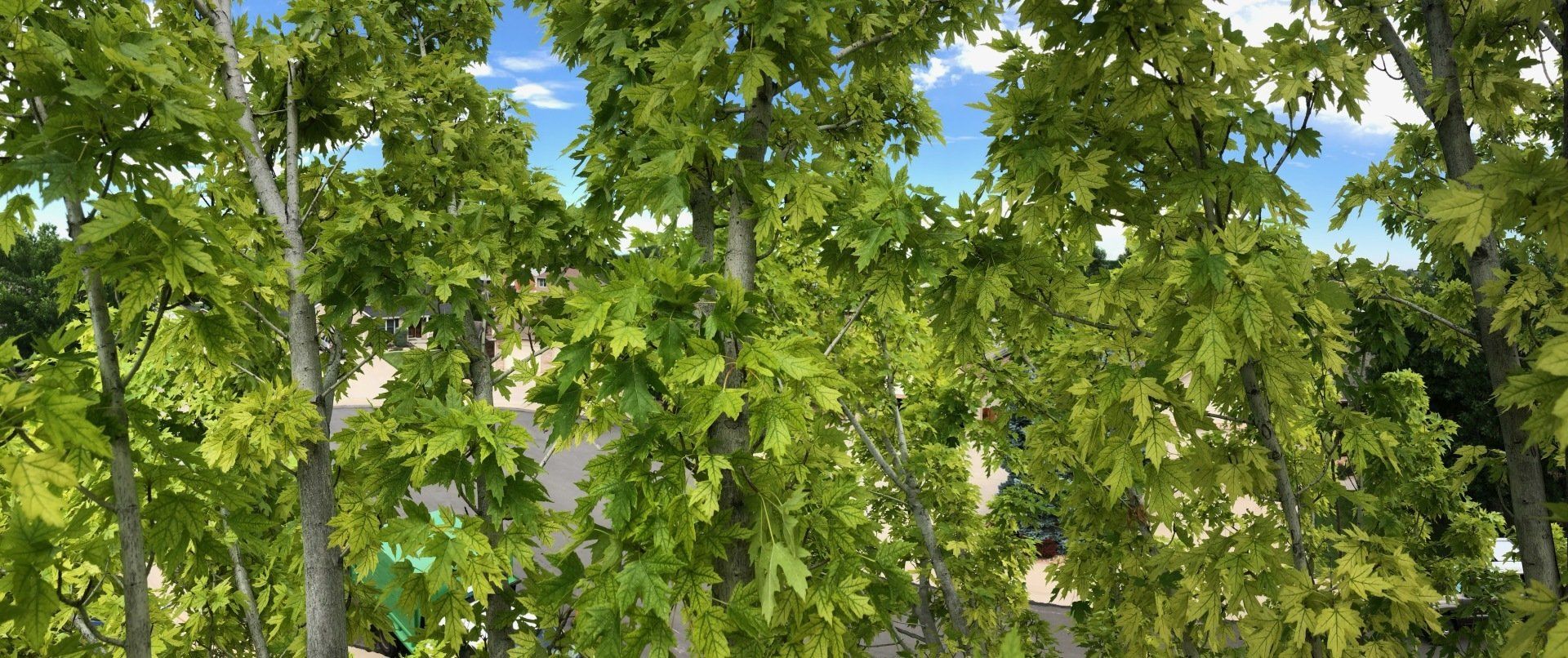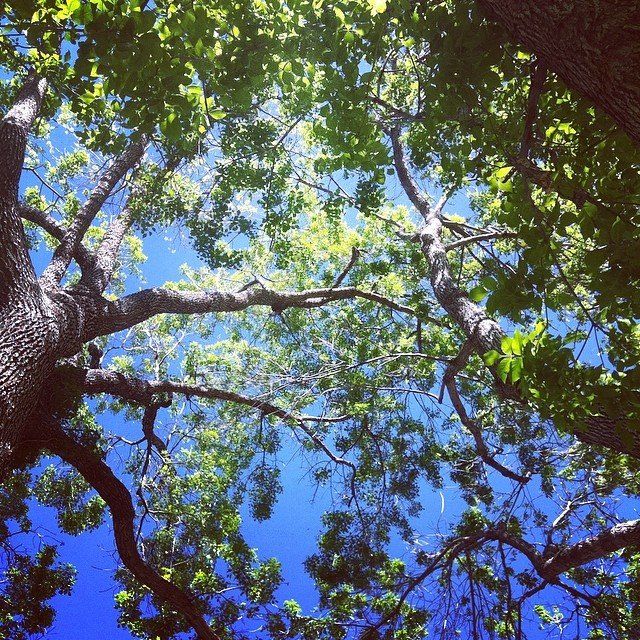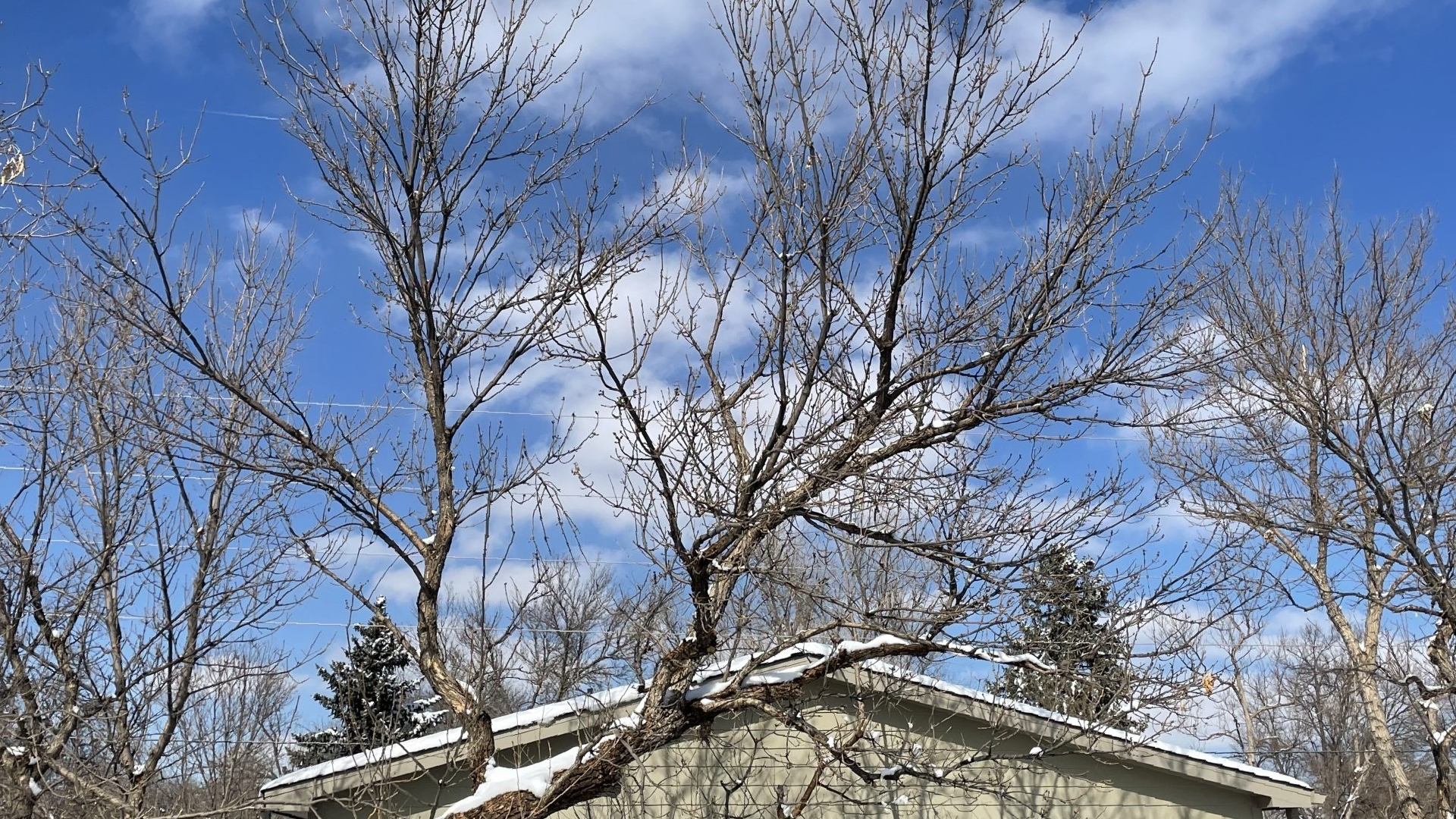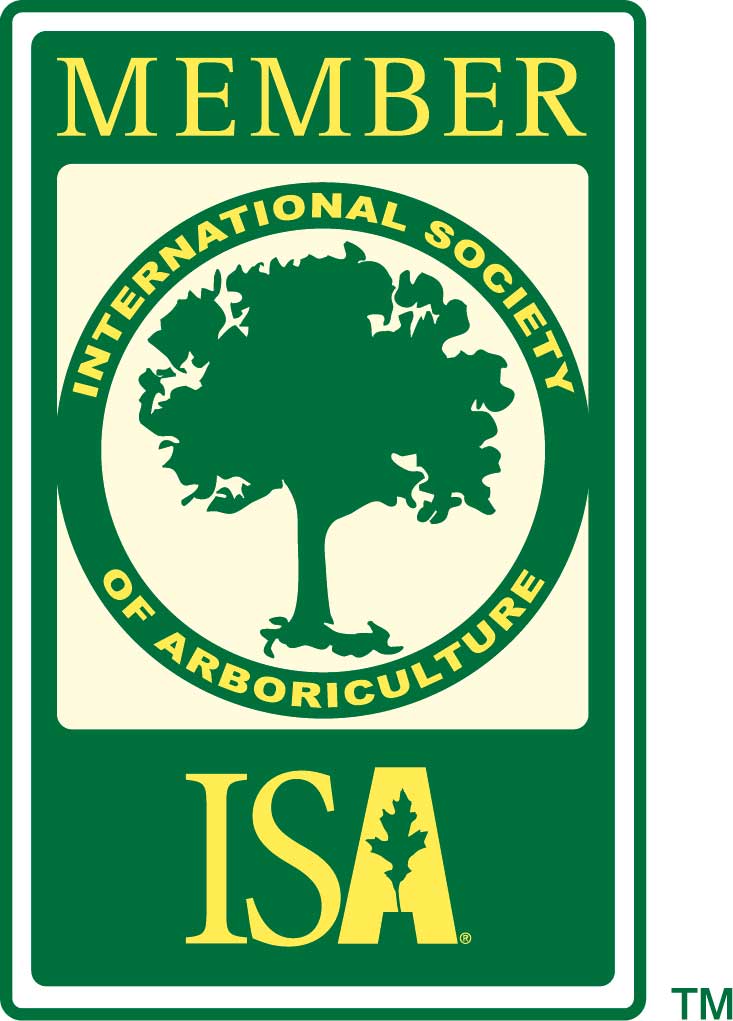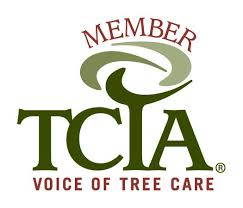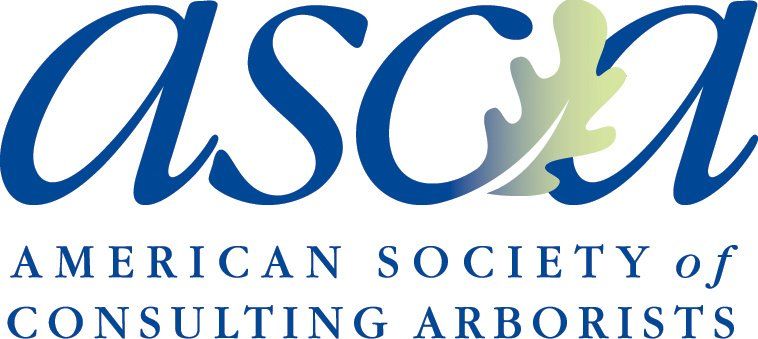Is Fertilizing Your Trees Actually Bad For Them?
Lucas Capachin - Board Certified Master Arborist
Is fertilizing your trees actually bad for them?
Short answer: in Colorado, yes usually

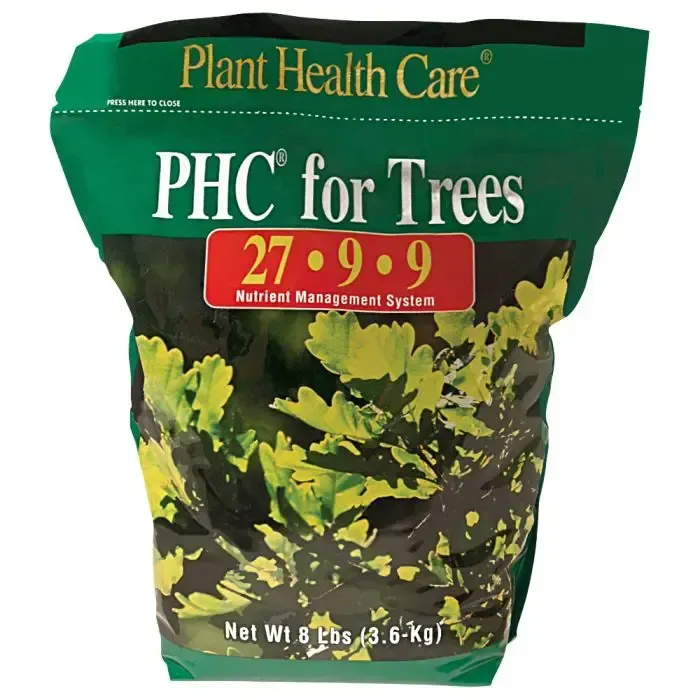
Micro vs Macro
The first thing we need to do is make a distinction between micronutrient and macronutrient fertilization. Micronutrients are needed in very small amounts. Usually deficits in micronutrients leads to chlorosis, which should be addressed and you can read our article on that for more information. Macro nutrients are needed in much greater amounts and are what most companies mean when they refer to fertilization. Macronutrient fertilizers are primarily nitrogen, phosphorus, and potassium (N,P,K). In the sources linked below you will see them refer to nitrogen fertilization, which is the primary chemical in most of these fertilizers.
What effects do macronutrient fertilizers have?
Below are quotes published by universities or the national park service - because they say it best.
Trees will “shift more resources into canopy growth and correspondingly less into root growth...Fertilization may push canopy growth that a limited rooting system cannot support in summer heat and wind, leading to early decline”. (CSU)
Fertilizing trees will “stimulate excessive leaf growth at the expense of root growth, leaving the new tree susceptible to drought stress”. (Mizzou -University of Missouri)
“Too much nitrogen can cause trees to grow branches rather than roots, store less food, become structurally weaker, and more prone to insect attack.” (NPS)
“Nitrogen fertilization can produce long succulent shoots that are attractive to various sucking insect pests, like aphids.” (UMD)
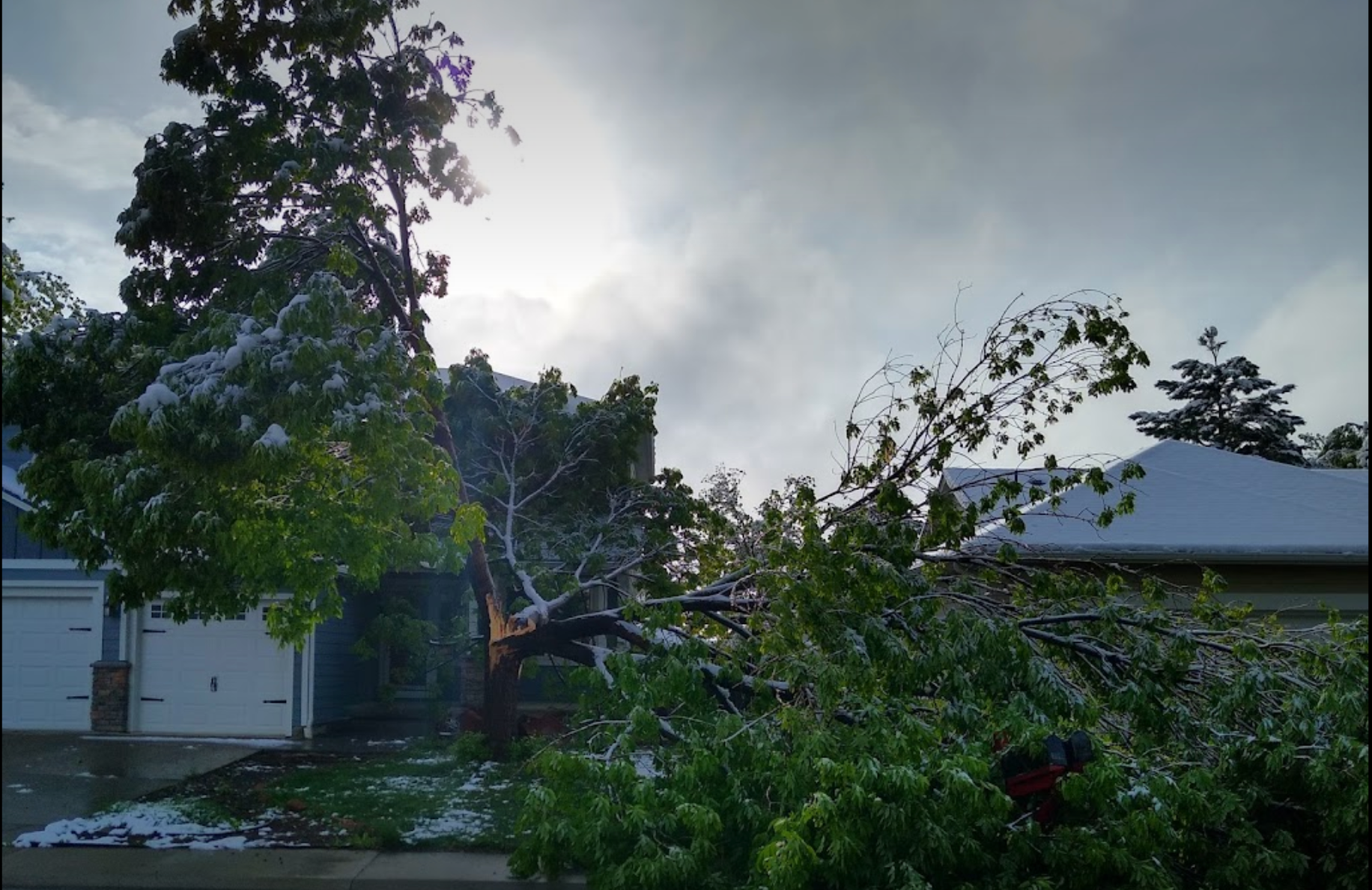
Colorado specific tree issues that fertilizer makes worse
The majority of trees that need to be cut down in Colorado are those that have suffered from drought stress or storm damage. There are a few tree specific diseases that are problems, such as emerald ash borer for ashes or chlorosis in maples, but other than that the biggest reason why our trees have issues is storm damage or drought stress. This relates to fertilization because both of those issues are made worse by having more canopy surface area. Fertilization makes leaves larger and increases the amount of leaves. More leaves and larger leaves increase the water needs of a tree, making it so that the roots will have a harder time providing adequate water to the tree and resulting in more pest problems. Denser and larger canopies also have more surface area for wind and snow to impart force onto, making storm damage more likely. The bottom line is that the primary effects of fertilization actually make your trees less likely to have a long happy life. Fertilization will also make it so you will have to prune trees more often, which is another reason why I suspect many tree companies push it.
So what can you do?
Watering is the most important thing in Colorado, if you look at open spaces you can see what grows in Colorado naturally. You will see tall grass and cottonwoods near sources of water and that’s about it. Without supplemental watering trees would not be here. This year was the driest on record so read our other article on watering to understand what you can do.
FoothillsArborists.com/Watering
Application of mulch or other organic material will help trees and the soil be as healthy as possible. Organic matter leads to healthier soils that will lead to healthier trees. Even if you have a lawn there is a product that I really like. It can be used as a natural fertilizer and pretty much every nursery or garden store in the area stocks it. It’s called “Soil Pep” and it’s partially composted conifer bark. The best thing about it is that it’s particle size is small enough that you can spread it on grass and then rake it in and it will disappear under the grass. One major reason companies give for pushing fertilization is because we collect grass clippings and rake up leaves. This practice does interrupt natural nutrient cycling, but spreading chemical fertilizers isn’t the solution. If you can’t let your grass and leaves decompose, naturally fertilizing your yard by introducing plant material back is the best option.The pine bark in Soil Pep is also slightly acidic, which will help to adjust the pH of the alkaline clay soil that covers essentially all prairies of Colorado.
A new product that does pretty much the opposite of fertilizer is growth regulator, and I have been using it increasingly more as it provides so many benefits. The growth regulator inhibits production of a hormone produced in the roots of trees. This causes the tree to think that it needs to relocate resources towards root growth. This product is not always a good option, but especially in Colorado less canopy growth and more root growth is always a good thing. We have an article on these as well if you want more information.
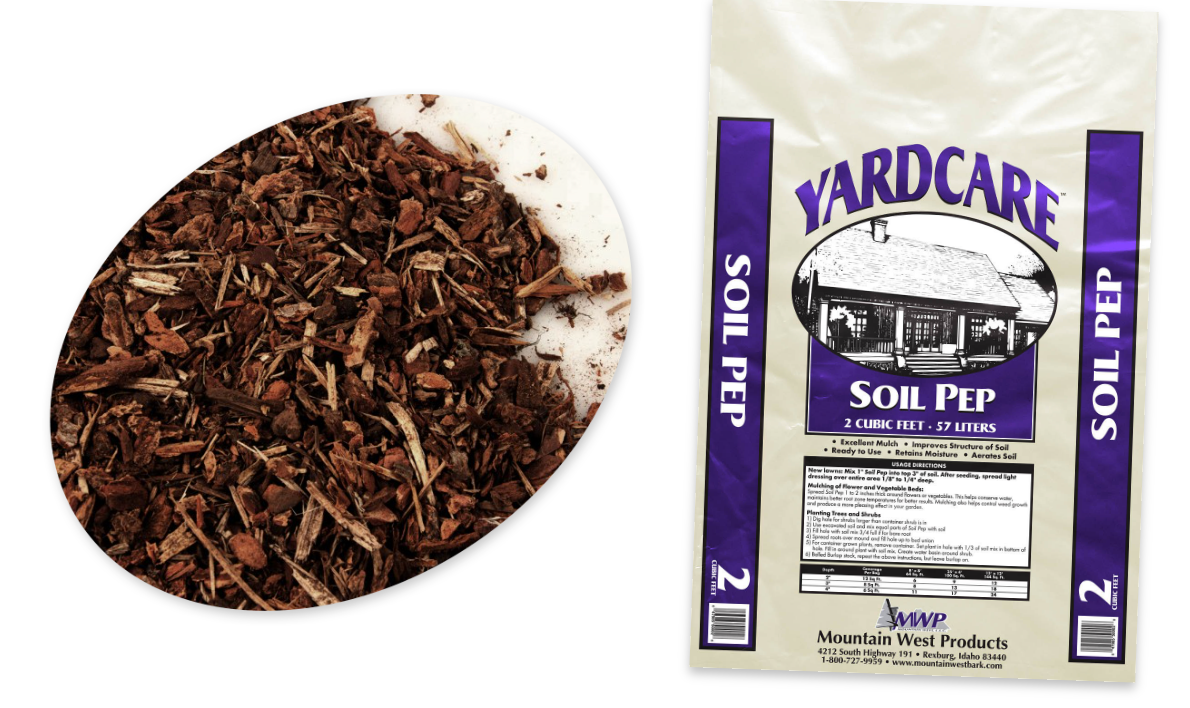
I’ll finish off this article by saying that there are some cases where fertilization can be beneficial, but it’s almost always not a good option. Soil tests and foliage tests can be used to determine if there is actually a deficit of some sort that needs to be addressed. But the majority of issues trees have in Colorado can be solved by just making sure they are watered properly. With the exception of chlorosis, trees in Colorado rarely need supplemental nutrients.
I would always recommend looking for information on these topics from universities and similar institutions such as CSU extension, rather than from a tree services website. There is too much financial motivation for tree services to provide inaccurate information, so anything you get from their articles or from what they say should be verified before you believe it. The reality is that most tree companies providing fertilization haven’t taken the time to understand the impact that fertilization has on trees and they start and end their research on “best fertilizer for trees”. This differs from my approach, which involves pursuing education and research to make sure what I’m offering is actually good for the trees and good for achieving the goals of the customer.
